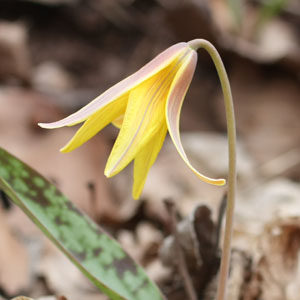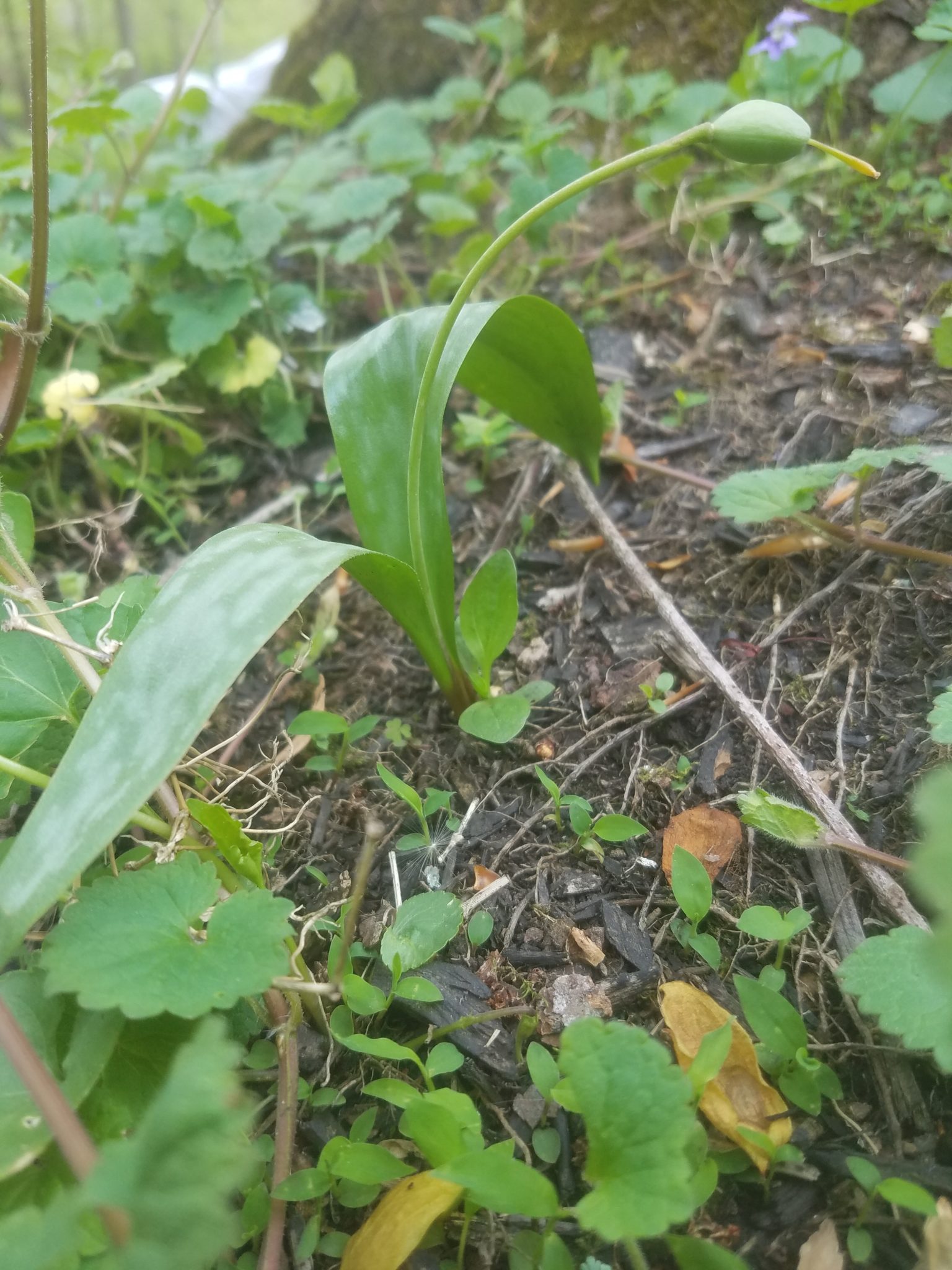
Natural Symbiosis
Trout Lilies (Erythronium americanum) are very common wildflowers found in early spring. They grow in forested habitats with moist, rich soil and can form large colonies that carpet the forest floor. Each of these special plants produces one nodding, yellow flower, which will bloom for about two weeks. The flowers are often fertilized by bumble bees, though other early spring insects will visit as well.
While only 10% of pollinated flowers will actually produce a seed, the outcome is one of this planet’s most spectacular shows of symbiosis. A trout lily seed has a fatty outer attachment called an elytra. This oily material serves to attract ants, which pick up the seed and transport it to the ant colonies underground nest.
Once the elytra is eaten, the seed is discarded in the ant colony’s compost pile. There it will spend the winter, germinating in early spring. The ants compost pile provides the tiny new plant warmth and nutrients, giving it a chance to grow and, in time, produce its own single flower.

Get the Trout Lily seed to the compost pile!


